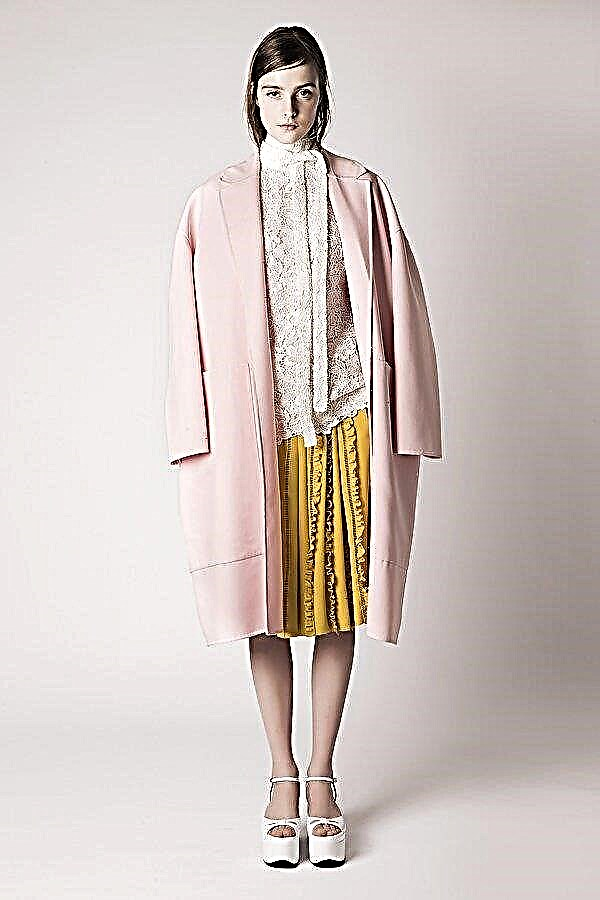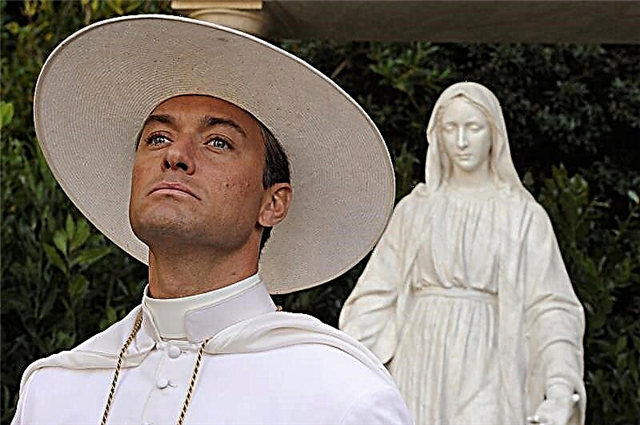Even in ancient times, great craftsmen manually created amazing ornamental canvases from biblical and antique plots from silk and wool. They also introduced gold and silver threads into their creations.

Such masterpieces were sometimes created in whole series, supporting one storyline. Such canvases were highly valued and very expensive. Tapestry weaving was known in many countries - in Egypt, Ancient Greece and Rome, pre-Columbian America and, of course, in China. In Europe, the development of tapestry production occurred in the Middle Ages. And each European country where the trellis was woven brought its own uniqueness to their creation, which was expressed in unique patterns that reflected the cultural characteristics of the peoples of that time.

Tapestry (from French gobelin) or tapestry - a lint-free carpet or a woven painting made by hand. The tapestry is created by cross-weaving threads, which simultaneously results in an image and fabric with unique color nuances.

Hand weaving tapestries is a very time consuming and lengthy process. One master can weave a trellis no larger than 100x100 cm (maximum 150x150 cm) per year. This determines the high cost of these products, which are rightly attributed to the arts and crafts.
With the development of the machine industry, tapestries began to be produced on a large scale using synthetic and semi-synthetic threads. Cloths are obtained much thinner, lighter and cheaper, and therefore more affordable for a wider range of customers. Traditional tapestries are still a luxury item.
Properties and features of tapestry fabrics
Jacquard weaving is used for the production of tapestries. Due to the use of threads of different thicknesses, multicolor and structural patterns on tapestry canvases are obtained. The thickest and thickest representatives, due to the complex interweaving of threads, look more rich.
What are jacquard and jacquard fabrics?
Tapestries are made from both natural and synthetic raw materials:
► wool, traditionally sheep;
► silk (the most luxurious tapestries);
► linen and cotton (lighter linen);
► viscose, acrylic, polyester (the most affordable products).
To emphasize the deliberate luxury of the canvas, gold, silver and metallized threads are used to create tapestries.
Advantages of tapestry fabrics:
► wear resistance and durability;
►formoustoychivost - regardless of composition, tapestries practically do not crease;
► density, strength - due to the complex weaving of many different threads, tapestries are resistant to mechanical damage;
► the canvas practically does not fade even when exposed to direct sunlight and retain their original properties after repeated cleanings / washes;
►practicality - the fabric has antistatic properties, practically does not collect dust.
Disadvantages of tapestry fabrics:
► the fabric is heavy, dense and rather tough, which makes it difficult to work with it;
► home care is extremely difficult;
► the material is practically not draped;
► tapestries do not tolerate the WTO.
What is cork fabric and what can be sewn from it
Where tapestry fabrics are used

First of all, tapestry fabrics are used in the manufacture of upholstery for armchairs, sofas, chairs and other types of upholstered furniture. But given the decorative, unusual and ornamental fabric, tapestries are used in other areas. They especially attract designers for whom such materials are an inexhaustible source of inspiration:
►Interior decor - curtains, drapes, bedspreads, decorative pillows, paintings, carpets, decorative panels;


►Creation of various accessories - bags, cosmetic bags, belts, shoes;
- Special offer

- 1
- 2
- 3
- 4
►Tailoring - eminent fashion designers create truly stunning costumes from tapestry fabrics.
- Special offer

- 1
- 2
- 3
- 4
- Special offer

- 1
- 2
- 3
- 4
- Best-seller
- Special offer

- 1
- 2
- 3
- 4
- Special offer

- 1
- 2
- 3
- 4
- Special offer

- 1
- 2
- 3
- 4
For clothing, only lighter and thinner tapestry fabrics are used, compared to traditional ones. They keep their shape perfectly, so you can sew outerwear from them - jackets, coats, and even sheath dresses and skirts.
Tapestry care
Modern fabrics are treated with special protective impregnations. Dry furniture cleaning methods are used for furniture upholstery and interior accessories. Some tapestry products can be dry cleaned. Washing at home is not recommended.



